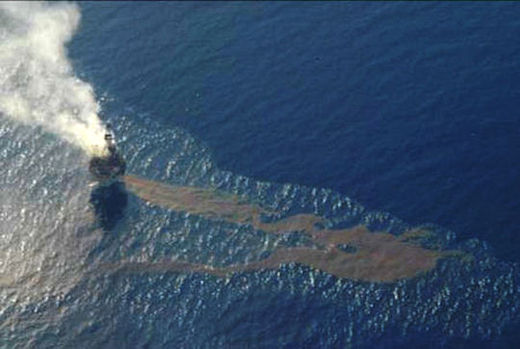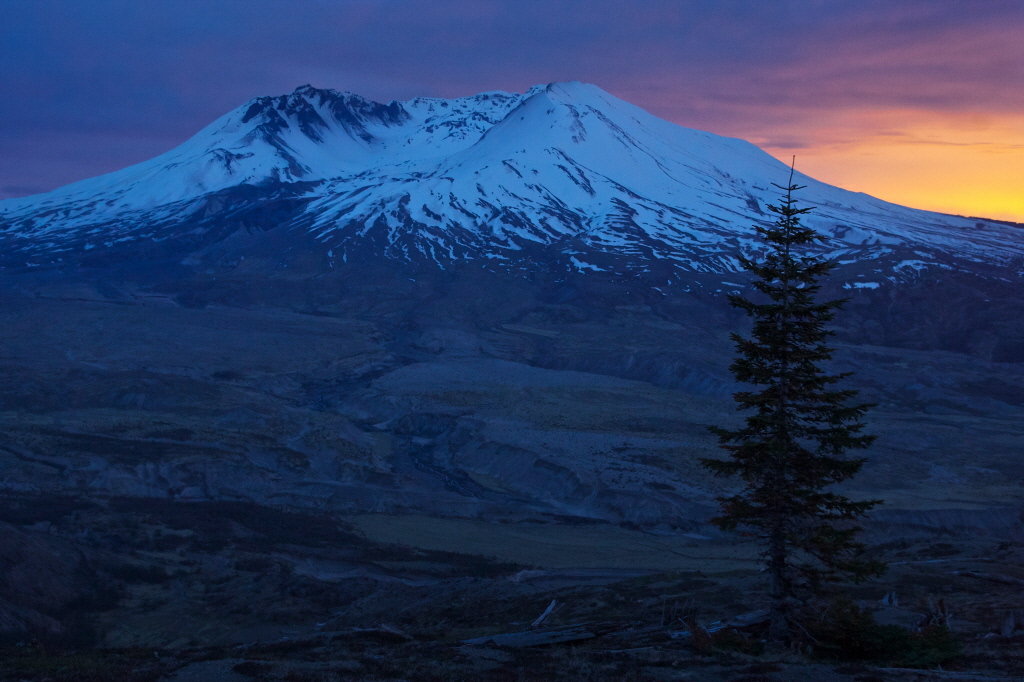
© unknown
A new University of Georgia study that is the first to examine comprehensively the magnitude of hydrocarbon gases released during the
Deepwater Horizon Gulf of Mexico oil discharge has found that up to 500,000 tons of gaseous hydrocarbons were emitted into the deep ocean. The authors conclude that such a large gas discharge - which generated concentrations 75,000 times the norm - could result in small-scale zones of "extensive and persistent depletion of oxygen" as microbial processes degrade the gaseous hydrocarbons.
The study, led by UGA Professor of Marine Sciences Samantha Joye, appears in the early online edition of the journal
Nature Geoscience. Her co-authors are Ian MacDonald of Florida State University, Ira Leifer of the University of California-Santa Barbara and Vernon Asper of the University of Southern Mississippi.
The Macondo Well blowout discharged not only liquid oil, but also hydrocarbon gases, such as methane and pentane, which were deposited in the water column. Gases are normally not quantified for oil spills, but the researchers note that in this instance, documenting the amount of hydrocarbon gases released by the blowout is critical to understanding the discharge's true extent, the fate of the released hydrocarbons, and potential impacts on the deep oceanic systems. The researchers explained that the 1,480-meter depth of the blowout (nearly one mile) is highly significant because deep sea processes (high pressure, low temperature) entrapped the released gaseous hydrocarbons in a deep (1,000-1,300m) layer of the water column. In the supplementary online materials, the researchers provide high-definition photographic evidence of the oil and ice-like gas hydrate flakes in the plume waters.
